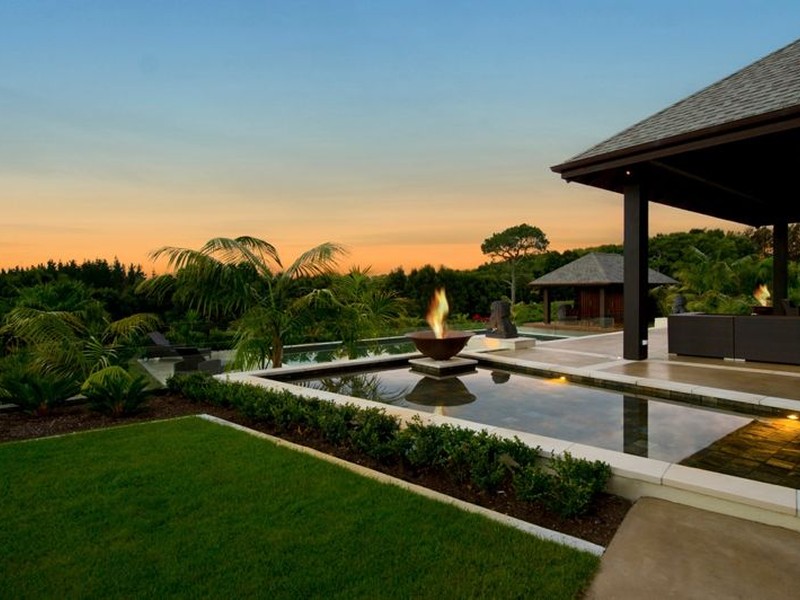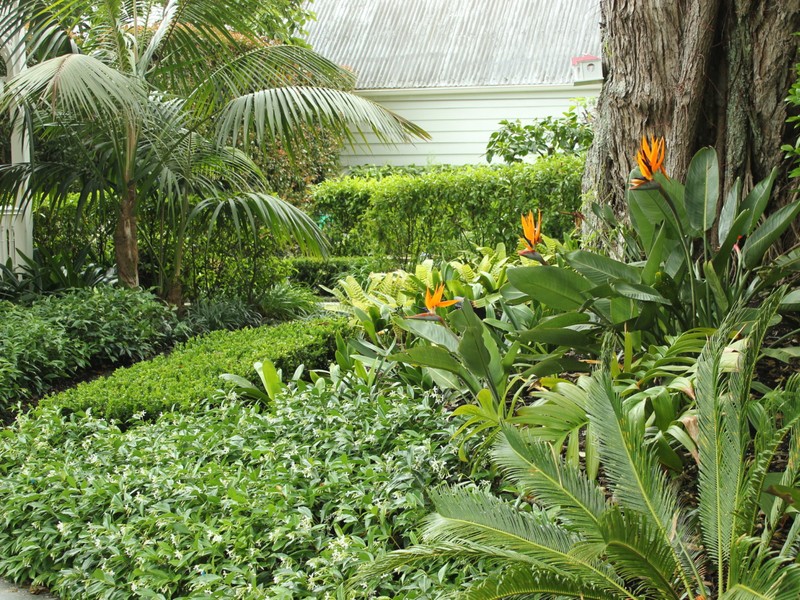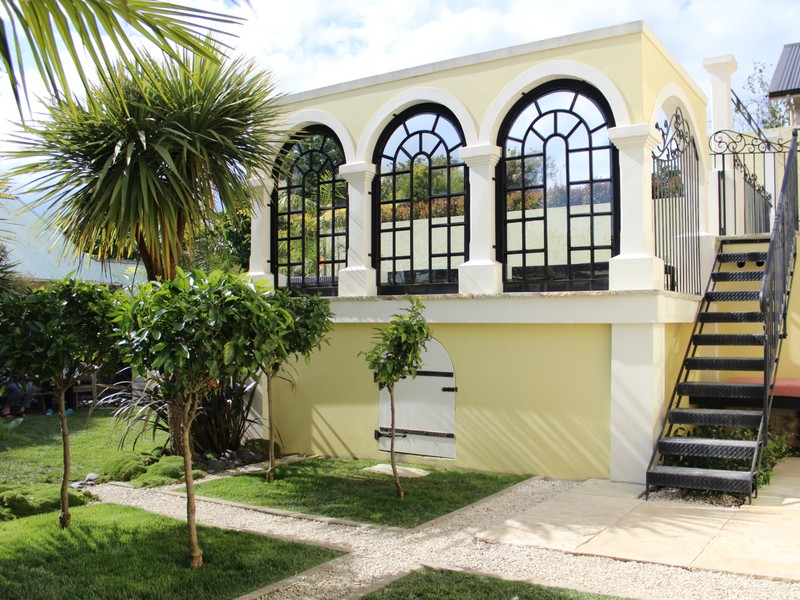Perennial Salvias Care Guide
Wed Dec. 8th 2021
General Info
Perennial and annual salvias, also known as sages, are an amazing plant for cutting and is loved by bees and butterflies alike. These beauties can be a great mainstay in your midsummer flower garden. This common plant sports a wonderful aroma and beautiful purple flowers which when planted in spring, bloom from summer right through to autumn!
With densely packed, colourful bunches of tubed-shaped blossoms that sit on top of square stems, it’s easy to forget that it’s part of the mint family. Many people don’t know that a common kitchen herb, garden sage(Salvia Officinalis) is actually a type of salvia and it’s a relative of a lot of ornamental plant species. This herb has some ornamental varieties itself.
This plant is great for the task of attracting pollinators such as hummingbirds and bees, however salvia does not tend to attract deer or rabbits because of the horrible scent of its leaves that act as a natural pest repellent. Since salvia is drought-tolerant, it can easily survive in your summer garden and they can grow as tall as 18 inches to 5 feet tall depending on which variety you plant. Be careful when choosing which variety of Salvia because some are best treated as annuals. It is recommended that you opt for the perennial variety.
Planting
The best time for planting is in the spring, after all frosts have passed so make sure to check your local frost dates. Also make sure that you plant the salvia by seed and outside.
Choosing A Location
Salvias will do well in soil that is well-drained and in full sun. Many varieties with light-coloured flowers will do well in partial shade, however you have to remember that you will get less flowers. They look great in groups of three and would best thrive in a North-facing location. Many will not tolerate frost.
Preparing The Planting Site
Remove any big stones or roots whilst loosening the soil to a depth of about 12-inches and add in a mix of compost for nutrients;. Ensure the best possible drainage. When it comes to planting in a container, it would be best to add some grit to the compost to improve drainage and feed again in spring.
How To Plant
You will need to dig a hole that’s diameter is twice that of the container that the plant came in. After removing the plant from the container, place it in the hole making sure that the root ball is level with the soil surface. Depending on the variety you will have to space the plants around 1 to 3 feet apart. After filling in the space around the plant, make sure to gently firm the soil and water thoroughly.
Taking Care Of Salvia
Add a 2-inch thick layer of mulch around the plant to retain moisture and control the weeds. Only water your Salvia in summer if rainfall is less than 25mm per week as salvia are not fond of excessive summer irrigation. This plant doesn’t need feeding during the season and you should deadhead the older flowers periodically to encourage the continuous blooming of new flowers.
You should leave the flowers on the plant at the end of the season which will encourage reseeding and to feed the birds. Feel free to prune the woody lower stems that older salvia plants develop and cut stems back 1 or 2 inches after the first frost. You will have to divide your perennial salvia plants every few years and the best time to do this would be in the Spring, before any new growth starts. All you have to do is lift , divide into clumps and then simply replant. The last thing is to apply a new layer of compost and mulch every spring.
Propagating Salvia
Salvia can be cut in spring or early fall if you are a more experienced/adventurous gardener. Some salvia varieties are self-propagating which means that you may find seedlings around the plant.
Remove stems(cuttings) from vegetative branches that are around 3 inches long before flower buds start developing. Remove the lower leaves and then trim each cutting down just below a node.
In a pot of pre watered compost, put your cuttings and cover the pot with a clear plastic bag whilst trying to avoid touching the foliage. Then place it in a greenhouse and install some shading so that it does not get scorched by the sun. They should be ready to pot after 3 weeks.
Pests And Diseases
Although pests and diseases are rare for the most part, there are some that can still bother your salvia plants. These may include: powdery mildew, aphids, spider mites, whiteflies, root rot and botrytis blight.
Recommended Varieties
Of the over 900 salvias species, the abundant and tender perennial species are very popular as annuals in many regions.
The following species are commonly grown as annuals and as perennials in warmer regions:
- Scarlet/Tropical Sage(Salvia coccinea) – has beautiful red flowers or hybridized pink flowers on spikes that are around 250mm and is hardy in zone 9 and higher.
- Bedding Sage( S.splendens) – This species usually has scarlet red blooms but it could also be orange, purple, yellow, lavender or white and it has lovely heart-shaped leaves. Usually sold as a bedding plant in late summer.
- Blue Bedder Sage (Salvia farinacea) – commonly sold as an annual in plant stores can grow through several seasons. Vertical stalks of blue up to 400mm high . A white form is available “Victoria white”. Plant in strong groupings.
These species are usually grown as perennials:
- Azure Sage(S. azurea var. grandiflora) – It has sky blue flowers in late fall and aromatic foliage that smell amazing.
- Peruvian Sage(S. discolor) – This species has gray-green coloured leaves with a white underside and amazing almost black flowers hanging in silver calyx.
- Kitchen sage – (S. officinalis)- Used for culinary purposes, an attractive rounded form also a purple leaf form available.
- Pineapple sage(S.elegans) – For the herb garden has bright red flowers that are actually edible and leaves that have a sweet pineapple fragrance.
- Autumn Sage(S.microphylla x greggii) – Autumn Sage variants are very popular. They are drought tolerant and have amazing different colours. This species will bloom right through the summer and into the fall. Grows more as an annual in colder areas and needs perfect drainage.
- Mexican Bush Sage (Salvia leucanthe) – This useful landscaping plant will produce a long season of velvety purple flowers amongst beautiful silver leaves. Tolerant of most soil conditions.
- Salvia nemerosa – One of the finest sages. Dense spires of pink, purple, white or pink flowers on strong spikes up to 1 metre tall. Many hybrids available.
Extra Info
The Greeks and Romans used to use this plant as a memory enhancer in ancient times. The name Salvia actually comes from the Latin word salvere and it means “to heal”. People have actually used salvia for its medicinal qualities since ancient times.




